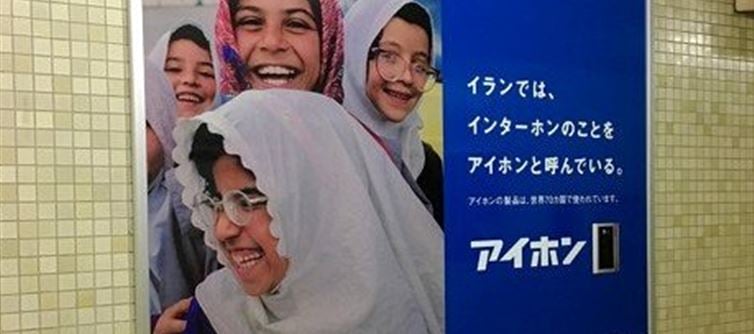
As of early 2024, Japan’s Muslim population is estimated at around 350,000, reflecting a steady increase over the past few years. This growth, noted in academic studies such as those from Waseda University, is significant considering Japan’s traditionally small Muslim demographic and limited history of large-scale immigration. Although no definitive official census tracks religious affiliation comprehensively, available research and community estimates suggest that the number is continuing to rise, possibly surpassing earlier projections by mid-2025. The growth is largely fueled by immigration and, to a lesser extent, by local conversions to Islam.
A major factor contributing to this rise is the influx of foreign workers and students from Muslim-majority countries, particularly Indonesia, Malaysia, Bangladesh, and Pakistan. Japan’s labor shortages and internationalization efforts have led to relaxed visa policies in sectors like nursing, construction, and technical training programs, attracting more workers from Southeast Asia. In addition, international students from these regions often pursue higher education in japan and either convert or remain in the country after graduation. Some Japanese citizens have also embraced Islam, often through marriage or personal spiritual exploration, contributing to the community’s diversity.
Despite the growing numbers, the exact size of Japan’s Muslim population remains subject to debate due to a lack of detailed government statistics on religion. Unlike some Western countries that maintain religious demographic data, Japan’s secular constitution and privacy laws limit such record-keeping. As a result, researchers rely on mosque attendance, halal business growth, and community organization data to estimate trends. Nevertheless, the upward trajectory is evident and is reshaping aspects of Japanese society, from food services and education to interfaith dialogue and urban planning. As the community grows, so does the need for more inclusive policies and cultural understanding in an otherwise homogenous society.
A major factor contributing to this rise is the influx of foreign workers and students from Muslim-majority countries, particularly Indonesia, Malaysia, Bangladesh, and Pakistan. Japan’s labor shortages and internationalization efforts have led to relaxed visa policies in sectors like nursing, construction, and technical training programs, attracting more workers from Southeast Asia. In addition, international students from these regions often pursue higher education in japan and either convert or remain in the country after graduation. Some Japanese citizens have also embraced Islam, often through marriage or personal spiritual exploration, contributing to the community’s diversity.
Despite the growing numbers, the exact size of Japan’s Muslim population remains subject to debate due to a lack of detailed government statistics on religion. Unlike some Western countries that maintain religious demographic data, Japan’s secular constitution and privacy laws limit such record-keeping. As a result, researchers rely on mosque attendance, halal business growth, and community organization data to estimate trends. Nevertheless, the upward trajectory is evident and is reshaping aspects of Japanese society, from food services and education to interfaith dialogue and urban planning. As the community grows, so does the need for more inclusive policies and cultural understanding in an otherwise homogenous society.




 click and follow Indiaherald WhatsApp channel
click and follow Indiaherald WhatsApp channel